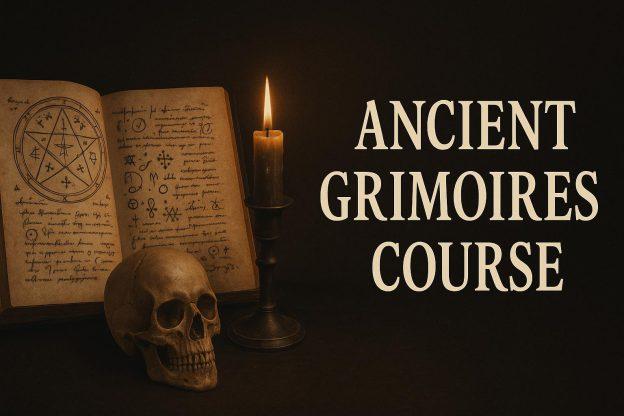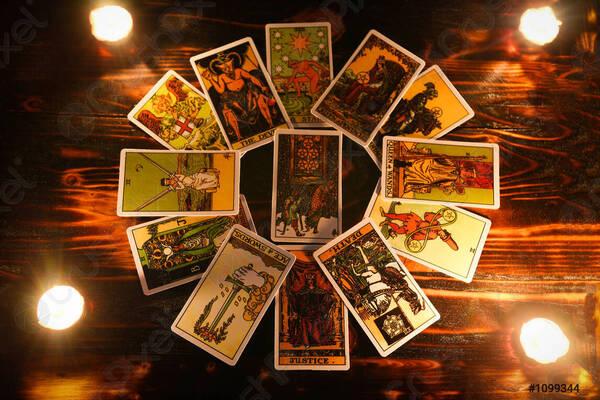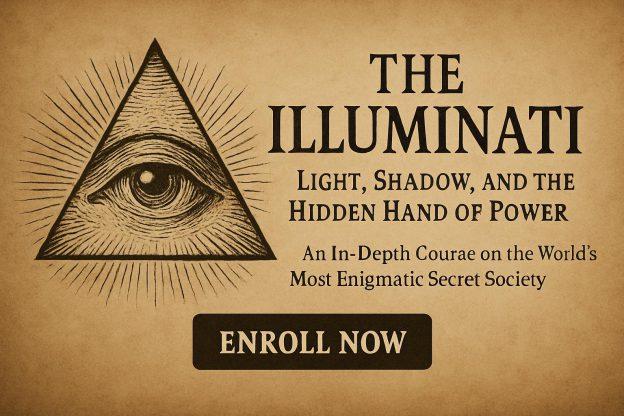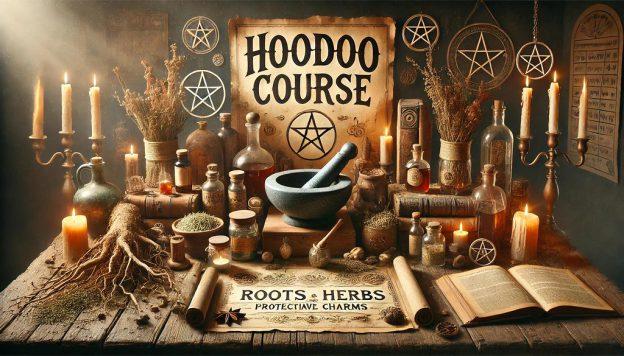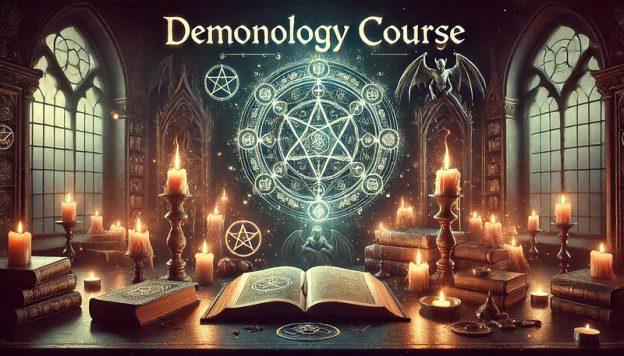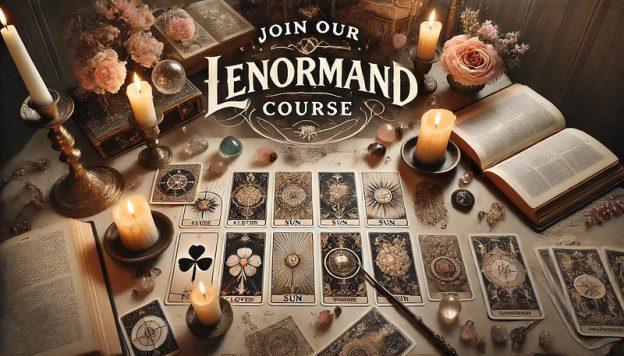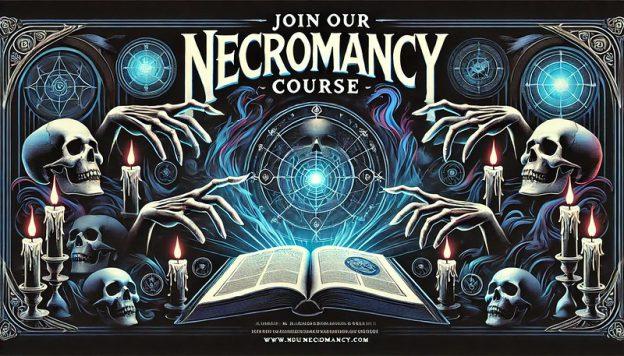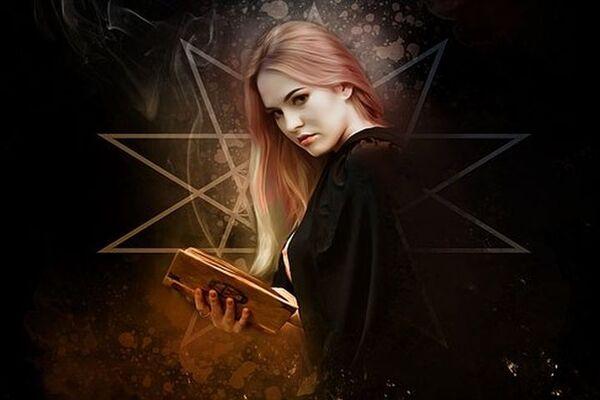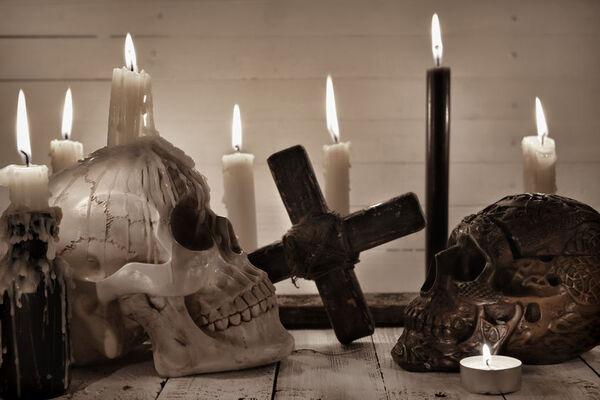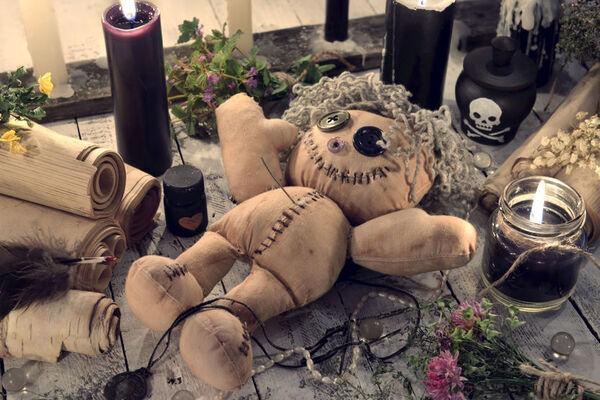“Vampire” Burials Unearthed in Poland Reveal Centuries-Old Fear of the Undead

Pien / Drawsko, Poland – 30 October 2024
Archaeologists in Poland have reconstructed the face of a 17th-century woman buried under what were once believed to be anti-vampire precautions, renewing fascination with Europe’s long history of supernatural fear.
The young woman, known locally as “Zosia,” was discovered in 2022 near the village of Pien, in northern Poland. Her skeleton bore unmistakable signs of ritual restraint — a sickle laid across her throat and a padlock fixed around her ankle. These measures were designed to keep the dead from rising, according to folk belief of the time.
In 2024, researchers at Nicolaus Copernicus University in Toruń completed a detailed facial reconstruction, revealing a strikingly lifelike image of the woman for the first time. (Reuters, Oct 2024)
The Science Behind the Legend
Carbon dating places Zosia’s burial in the late 1600s. DNA and osteological tests revealed that she was about 18 to 20 years old at death and suffered from chronic health problems — possibly anaemia or a neurological condition that may have led to cataleptic fits or premature burial fears.
Researchers believe such symptoms might have fuelled suspicions of vampirism, a common fear in post-medieval Eastern Europe.
The excavation also uncovered rosary fragments and iron objects, traditional protections against revenants.
“This was not random superstition,” said project archaeologist Dr Dariusz Poliński, whose team first unearthed the grave. “It was a system of belief — a way for communities to feel safe when disease and death seemed beyond human control.”
A Broader Pattern in Drawsko
The Pien discovery adds to decades of research at Drawsko Cemetery, a 17th–18th-century burial ground in northwest Poland famous for its so-called “vampire graves.”
Excavations led by Dr Lesley Gregoricka (University of South Alabama) and Dr Marek Polcyn documented over 285 burials, six of which contained similar apotropaic devices — sickles, stones, or stakes designed to restrain the corpse.
Stable-isotope studies published in PLoS ONE and American Journal of Physical Anthropology confirmed that these individuals were locals, not foreigners, suggesting that vampirism accusations targeted members of the same community rather than outsiders.
Meaning and Legacy
Anthropologists view these “deviant burials” as responses to plague, unexplained death, or mass hysteria, not evidence of occult crime.
Yet they testify to humanity’s enduring fear of the returning dead — a fear that persisted well into the Enlightenment.
From an Occult World perspective, they represent a crossroads where myth, religion, and protective magic converge.
Readers exploring related entries may wish to consult:
- Vampires – origins, variations, and historical cases.
- Apotropaic Magic – ritual defences against evil spirits.
- Demonology – Christian interpretations of revenants and possession.
- Witchcraft – early modern trials involving accusations of corpse enchantment.
Ongoing Research
Zosia’s remains and those of the Drawsko “vampires” are currently curated at Nicolaus Copernicus University, where further DNA sequencing and micro-CT scans aim to reveal their ancestry and health.
A travelling exhibition, “Fear and Faith: The Archaeology of the Undead,” is being planned in collaboration with the National Museum in Warsaw for 2026.
For now, the story of Poland’s “vampire graves” continues to haunt both science and folklore — a reminder that the battle between reason and superstition is as old as humanity itself.
Verified Sources:
